The history of pasta is very simple: a product made from the most accessible raw material – milled grains – traveled around the planet, quickly gaining fans until it eventually became a haute cuisine dish. Almost every culinary culture has an authentic pasta product: Chinese funchosa, Japanese saifun, Central Asian chuzma, Middle Eastern nuasyr, Tatar chumar, etc. And in Italian cuisine, pasta is the mainstay. Italians have at least two dozen kinds of everyday pasta alone. There are also delicacies, local, specialties. According to different calculations there are from 350 to 600 kinds of pasta! We will introduce you to the most popular and delicious varieties that can be found in almost any major supermarket or online grocery store.
Although there are countless varieties of Italian pasta, absolutely all of them have two things in common:
- Their shape and consistency allows them to capture as much of the sauce as possible, soak it up, and make the dish juicy;
- Only special durum wheat flour is used to make pasta.
Italian Lessons
If you’re wondering what kind of pasta to buy for dinner, remember the Italian endings: they’ll tell you the size. If the name ends in -oni, it’s large pasta, cannelloni, for example. If it ends in -ette or -etti, it’s medium-sized, like spaghetti. Finally, the ending -ini indicates small pasta, like the thinnest capellini.
Most people are familiar with dry pasta, secca, the kind sold in stores. It is a specially dried dough that can be stored for a long time and is cooked according to the recipe before being used. There is also raw pasta – fresco. As a rule, it is a product for immediate cooking, so it is sold in the same place where it is made, or in frozen form. There is no fundamental difference between dry and raw pasta, the degree of drying has almost no effect on the taste of ready meals. However, sophisticated gourmets say that dishes made with raw pasta taste much better and more delicate.
Long pasta
Capellini is thin long pasta, similar to spaghetti, but about half as thin. Cooked very quickly, they are used as a side dish with delicate, thin sauces, and as a dressing for soups.
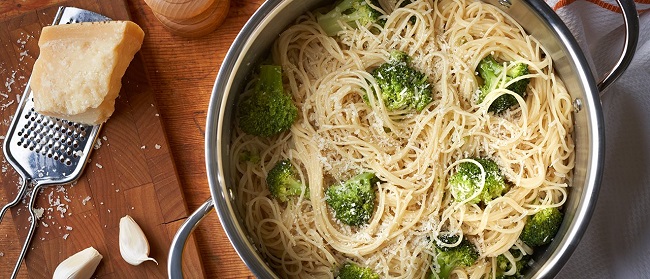
Vermicelli is familiar to everyone who was born in the Soviet Union and went to kindergarten (although it was made from soft wheat, which made it hard to digest and stick together, and tasted different). This pasta is about 2 mm in diameter and about 20 mm long. Tender vermicelli is ideal for soups, goes well with light and white sauces, and can be used in some salads.
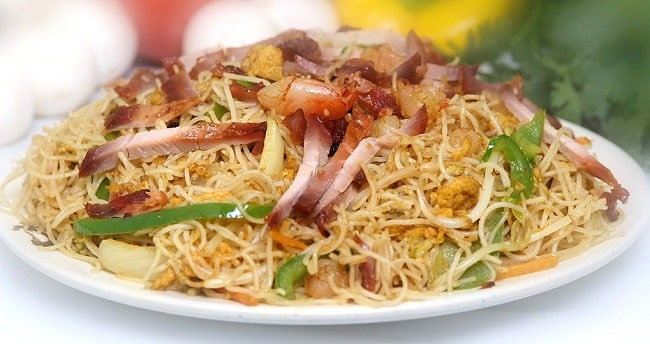
Spaghetti (spaghetti) is perhaps the most famous type of Italian pasta. Rounded products have a diameter of up to 2.2 mm and a length of up to half a meter. They are usually cooked in a special high pot, in plenty of water, where you can drop a little olive oil to prevent them from sticking. It is a versatile product that can be served with white and tomato sauces, baked, served with vegetables.
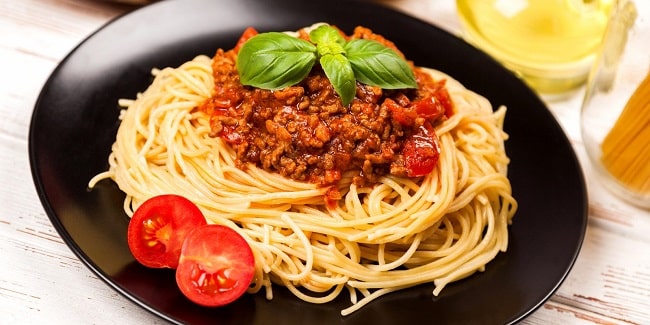
Long, flat pasta is linguine, which means “tongue”. They look like slightly flattened spaghetti. Linguine require thick sauces, tomatoes, tuna or anchovies; they are also friendly with ricotta, mascarpone and pesto sauce.
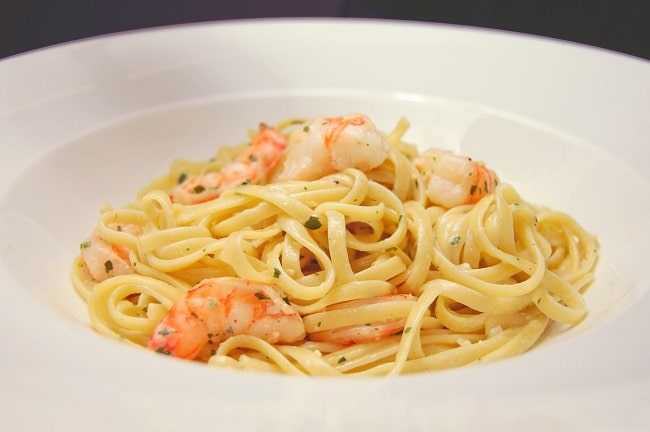
The fettuccine ribbons can be as thin as 2 mm or as thick as 5 mm. This pasta is always wide, up to 1 cm, and curled in the shape of nests. Fettuccini are popular in Italy as homemade noodles. Traditionally served with tomato-based and fish-based sauces, they harmonize with young cheese sauces.
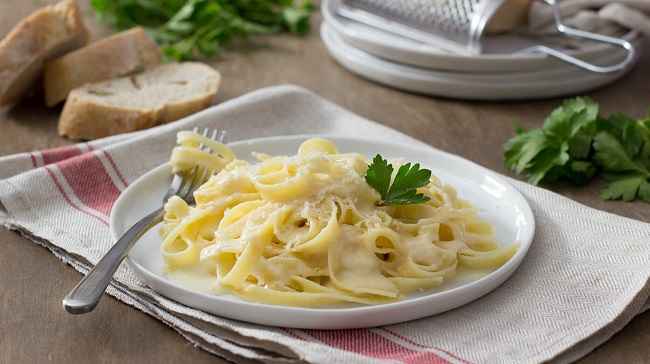
Tagliatelli are also rolled into “nests”: also flat ribbons, but wider, up to 1.5 cm. They are used to make casseroles, side dishes with white sauces, and as an additive to broths.
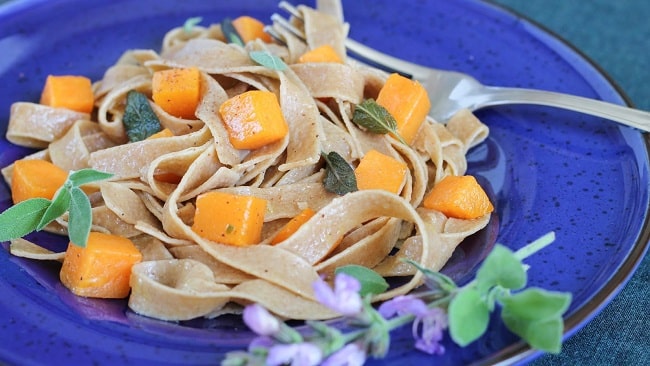
Pasta in the form of tubes
Pasta or the well-known “tubes” are up to 20 cm long and up to 6 mm in diameter. In Italy they are called maccheroncini or perciatelli. Close to maccheroncini bucatini, only they are longer, up to 30 cm, and thinner, no more than 4 mm in diameter. The maccheroni has a “little brother”: the short, no more than 6 cm long maccheroni. They are slightly curved in the middle and also have a smooth surface and straight cut. As a rule, such pasta is cooked with tomato and meat sauces, less often with fish or seafood.
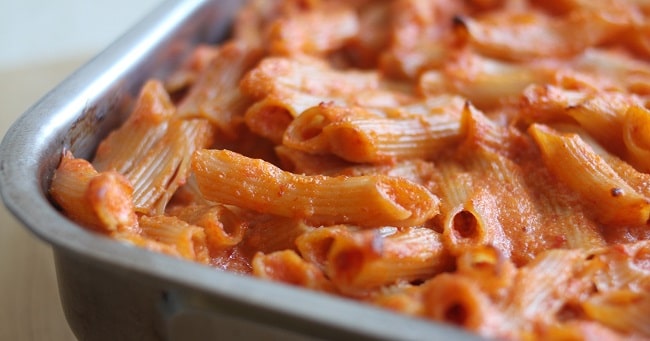
Penne pasta is familiar to many people. Its edges resemble the sharpened end of a fountain pen, which is why it got its name, which translates as “feather”. The surface of penne is usually ribbed, medium length, up to 6-7 cm. These products are versatile, suitable for serving with any sauce, for making casseroles and salads.
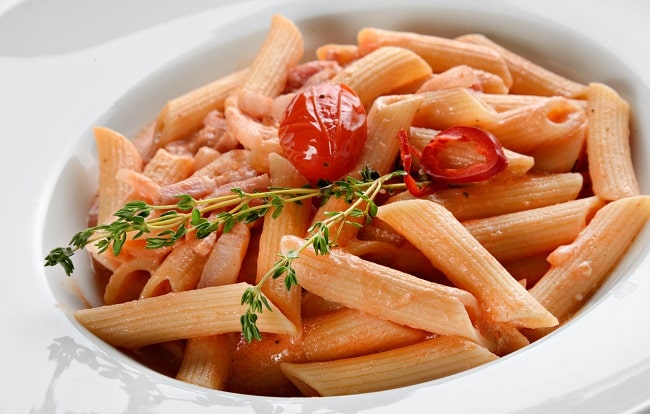
Rigatoni is similar in shape to penne, but shorter and wider. Because of the ribbed surface, rigatoni holds up well to soft creamy, cheesy sauces and stuffing gravies.
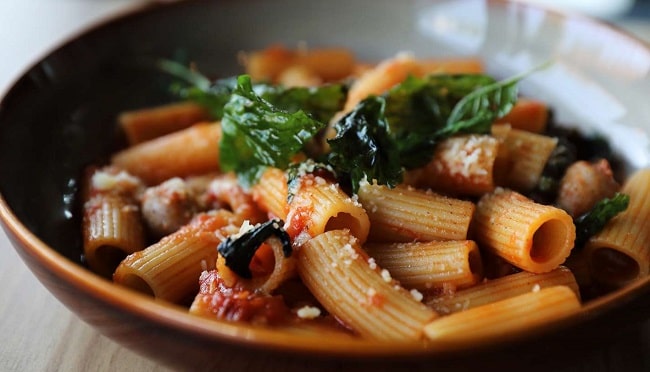
Cannelloni (cannelloni) – tubes with a diameter of 3 cm or more, about 10-11 cm long. They are designed to be filled with minced meat and sauce and then baked. The Italian-American pasta manicotti is very similar to cannelloni, but the tubes are shorter and thinner. Manicotti are excellent with a filling of ricotta, mascarpone, noble cheeses, chicken or tuna. Notably, ready-to-eat cannelloni and manicotti have the same names.
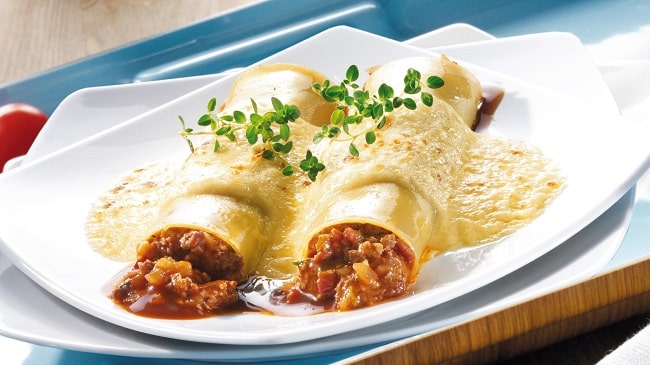
Ditalini are short, about 2 cm long tubes less than 2 cm in diameter and are popular as a dressing in soups. These “thimbles” (as the name translates from Italian) are also great for warm salads. For some reason, they have not become widespread in our country: most likely because of the habit of dressing soups with other types of pasta.
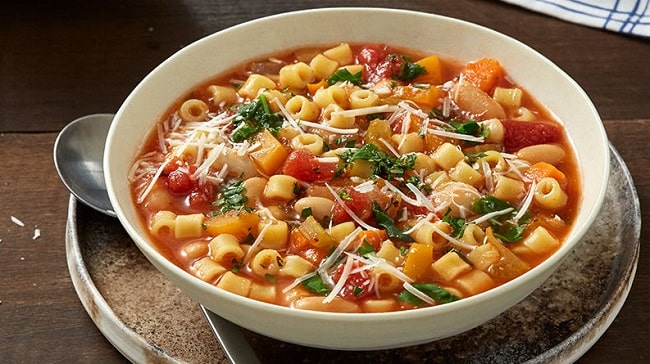
Figured pasta
The unusual mafaldine can be referred to as both long and shaped pasta. The ribbons are about 1.5 cm wide and have scalloped edges that take up about 1/10th of the width. After cooking, you get a ribbon with wavy edges, it looks very smart and formal, not for nothing that the Neapolitans call them “rich fettuccini”.
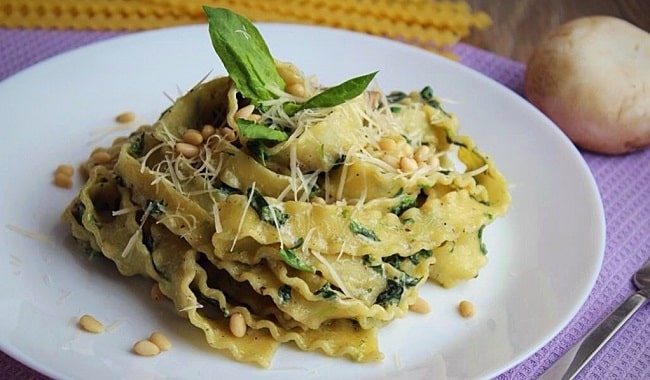
Conchiglie are shaped like seashells and are especially loved by children. The pasta is very versatile and can be served with sauces or added to salads, casseroles and soups. There are also large conchillas that are stuffed with stuffing and baked. Generally speaking, conchillas vary greatly in size, from microscopic, just over 5 mm, to huge, 7-8 cm wide.
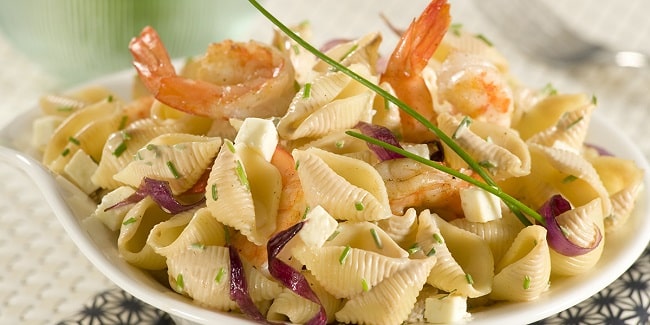
Farfalle are also called “bows”, although the name translates from Italian as “butterflies”. If you open up the “body” of a butterfly, then farfalle will be 3-4 cm long and no more than 3 cm wide. But there are also farfallini, which are very small and no more than 2 cm wide.
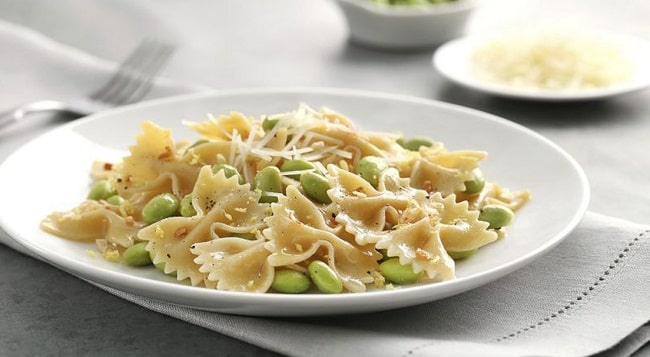
The alphabet in soup or broth is a delight for kids all over the world! This fun pasta can also be a side dish. The letters vary in size from 3 mm to 1.5 cm.
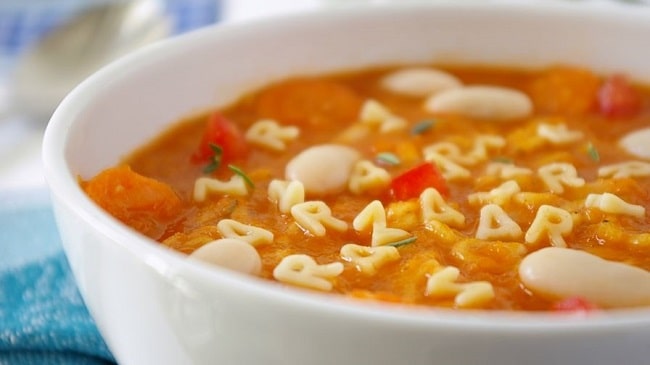
Orzo (orzo) are not very popular around the world, but in Egypt and the Middle East they are used very often. It is a rice-like pasta, the name of which translates as “pearl barley”. They are about the size of a medium-sized rice and are equally oblong. They are used for risotto, a separate side dish with thin sauces, and for filling soups.
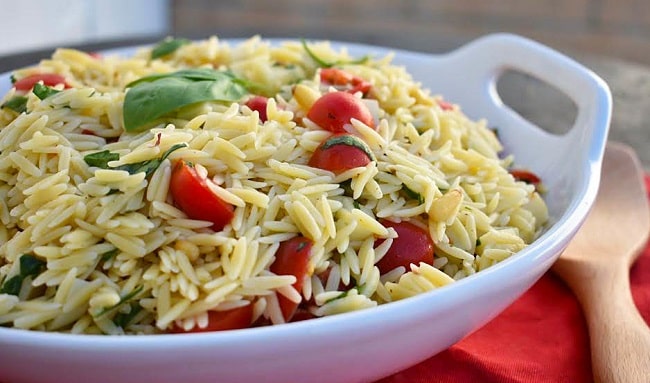
Ruote is a paste that looks like mini cart or carriage wheels. As a rule, they are no more than 2 cm in diameter and look smart when cooked, that’s why they are often used in salads. Excellent with sauces based on minced meat: between the “spokes” linger pieces of meat and vegetables and the dish turns out very expressive in taste.

And beyond all conventional pasta classifications go colored pasta, or pasta colorata. In order to color the pasta in all the colors of the rainbow, natural dyes are added to the dough. For yellow and orange – salt-crumbled egg yolk, carrots, pumpkin or turmeric; for green – spinach or basil; for red and pink – bell peppers, tomatoes and beets; for blue and blue – red cabbage; for fashionable black color – cuttlefish ink or activated charcoal.
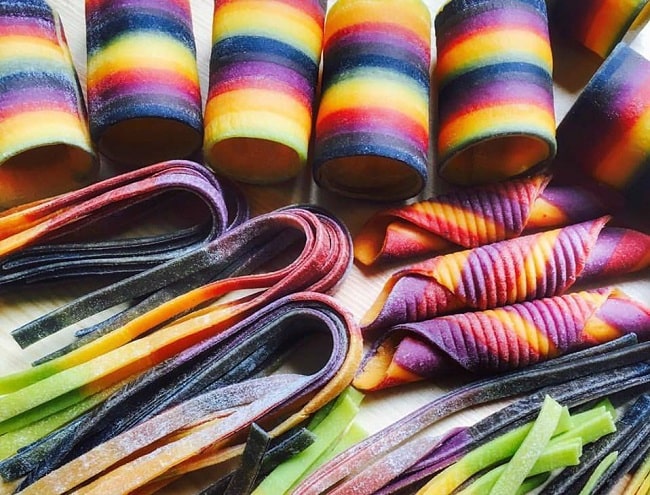
What to do with it?
And really, why such diversity? Let’s leave aside the question of aesthetics and “I just want it that way. In fact, the variety of shapes of pasta helps to find a unique in its harmony of taste of the finished dough and additives to it. On a smooth surface, the sauce lays down in a thin layer, turning the dish into a kind of puff, where the components appear one by one, and then the taste is shared: first a thin, delicate sauce that tantalizes the receptors, and then, when the dough opens up, the taste explodes with a juicy, full-bodied sensation.
Ribbed or shaped pasta lingers well on the particles of heterogeneous sauce. If you don’t match the pasta to it correctly, you get the sauce separate and the pastry separate. Of course, this, too, is necessary in some author’s recipes, in dishes where the sauce component is solo. But much more often, the sauce and batter need to be harmoniously combined. Gravy based on goulash with fine, smooth pasta will lose its nourishment: the liquid part will dominate, and the meat and pasta will be foreign elements in it. Shells or penne would be much better suited to it – all the components will be about the same size, and the dish will find harmony.
